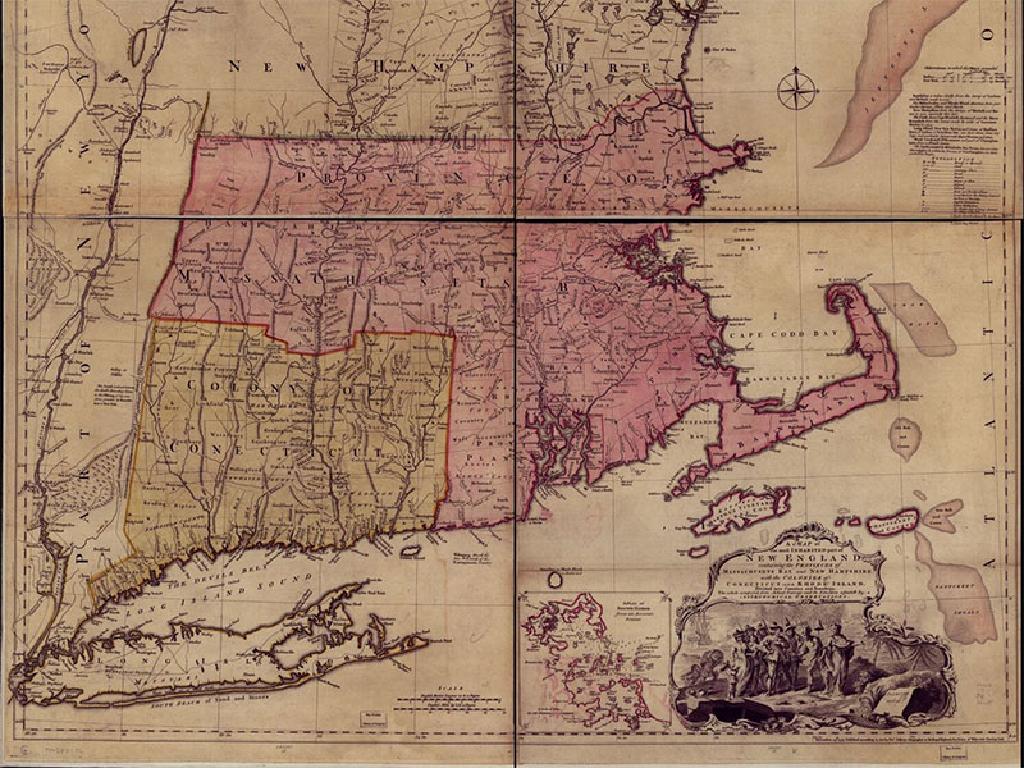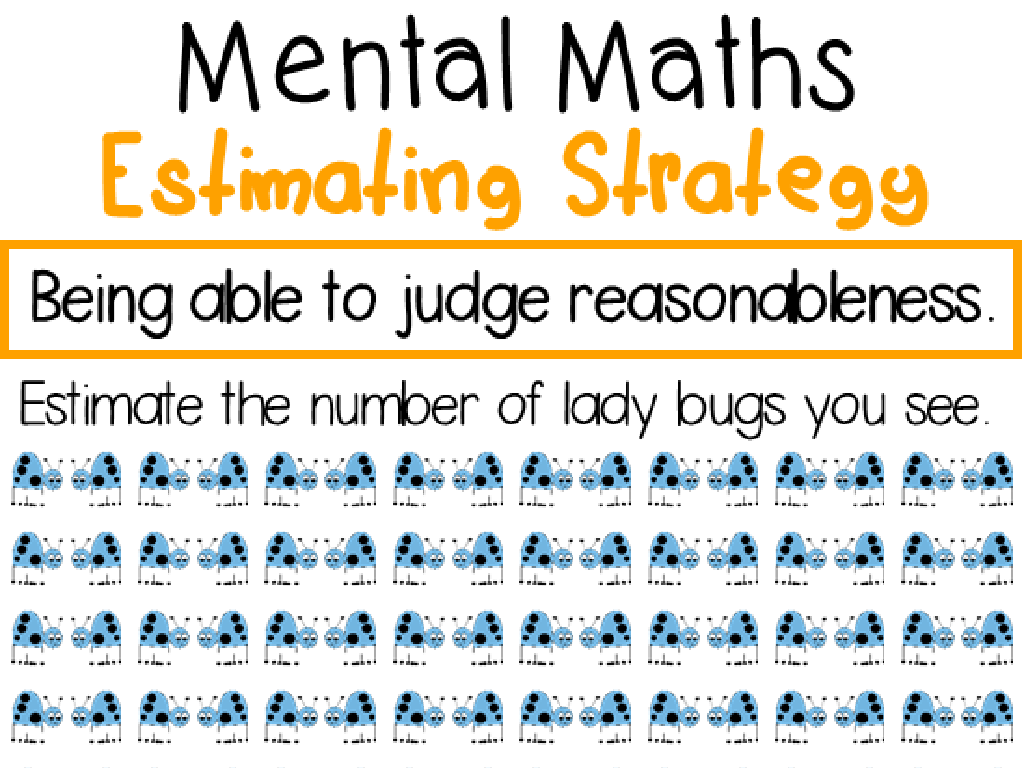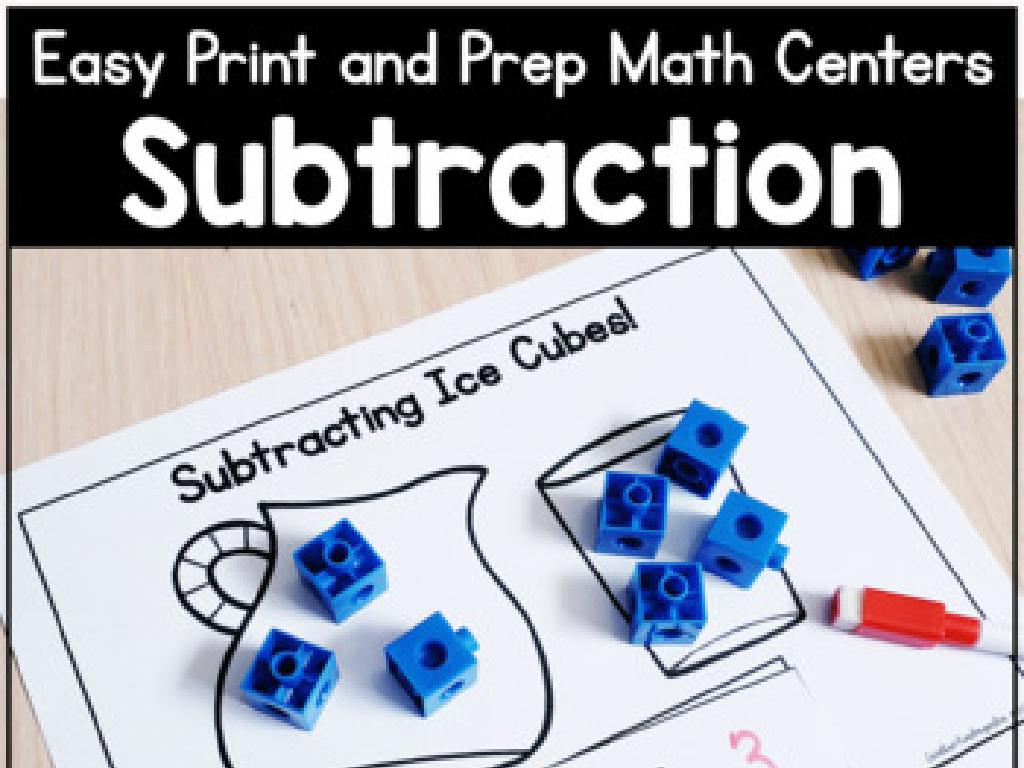Does The Adverb Tell You How, When, Or Where?
Subject: Language arts
Grade: Third grade
Topic: Adjectives And Adverbs
Please LOG IN to download the presentation. Access is available to registered users only.
View More Content
Welcome to Adjectives and Adverbs!
– Greeting and topic introduction
– Explaining adjectives and adverbs
– Adjectives describe nouns, adverbs describe verbs
– Importance in sentences
– They make sentences more detailed
– Activity: Identify adverbs
– Find adverbs in sentences and tell how, when, or where
|
Begin the class with a warm welcome and introduce the topic of adjectives and adverbs, ensuring to capture the students’ attention. Explain that adjectives are words that describe nouns, giving us more information about things like size, color, and shape. Adverbs, on the other hand, describe verbs, telling us how, when, or where something happens. Emphasize how both adjectives and adverbs add detail and depth to sentences, making our writing more interesting and informative. Engage the students with an activity where they identify adverbs in sentences and determine if the adverbs tell us how, when, or where the action is taking place. This will help them understand the practical use of adverbs in language. Provide examples and encourage participation for a dynamic learning experience.
Exploring Adjectives
– What are adjectives?
– Words that describe or tell more about nouns
– Adjectives describe nouns
– Like ‘red’ apple, ‘tall’ building, ‘happy’ dog
– Examples of adjectives
– ‘The ‘sunny’ day made us ‘joyful’
– Let’s find adjectives together!
– We’ll identify adjectives in sentences as a class
|
This slide introduces adjectives to the third-grade students. Begin by defining adjectives as words that give us more information about nouns, such as what they look like, feel like, sound like, etc. Show examples of adjectives by describing common objects with different adjectives. For the interactive Q&A, prepare sentences and ask students to identify the adjectives. This activity will help reinforce their understanding of adjectives and how they are used in sentences. Encourage participation and provide immediate feedback to ensure comprehension.
Exploring Adverbs: How, When, Where?
– What is an adverb?
– A word that modifies verbs, adjectives, and other adverbs
– Adverbs describe verbs and more
– They can tell us how something is done, when it happens, or where it takes place
– Examples of adverbs in use
– ‘Quickly’ in ‘She ran quickly’ tells us how she ran
– Adverbs tell us how, when, or where
– ‘Today’ in ‘We will meet today’ tells us when, ‘Outside’ in ‘Let’s play outside’ tells us where
|
This slide introduces the concept of adverbs to third-grade students, focusing on their role in providing more information about verbs, adjectives, and other adverbs. Start by defining adverbs and explaining their purpose. Use clear and simple examples to show how adverbs function within sentences to describe how actions are performed, when they occur, and where they take place. Encourage students to think of adverbs as the words that give us more details about the actions and descriptions in a story or conversation. Interactive activities can include identifying adverbs in sentences and creating sentences using adverbs that tell how, when, or where.
Adverbs Tell Us How
– Adverbs describe how actions are done
– They add detail to verbs: ‘He ran quickly.’
– Examples: ‘quickly’, ‘slowly’, ‘loudly’
– ‘She whispered softly.’ How did she whisper?
– Class practice: craft sentences with ‘how’ adverbs
– Use adverbs from examples to make new sentences.
|
This slide introduces the concept of adverbs that describe how an action is performed. Emphasize that adverbs are words that modify verbs, adjectives, or other adverbs, often ending in ‘-ly’. Provide clear examples of adverbs that tell us how an action is done, such as ‘quickly’, ‘slowly’, ‘loudly’, ‘softly’, etc. For class practice, encourage students to create their own sentences using the provided adverbs, focusing on how the action is being performed. This activity will help solidify their understanding of adverbs and their usage. Possible activities include writing sentences on the board, creating a short story with adverbs, or pairing up to quiz each other on identifying adverbs in sentences.
Adverbs That Tell Us When
– What are ‘when’ adverbs?
– Adverbs that tell us when something happens, like ‘today’ or ‘later’
– Examples of ‘when’ adverbs
– ‘Yesterday’, ‘soon’, ‘later’, ‘then’, ‘now’
– Write sentences using ‘when’ adverbs
– Use ‘yesterday’, ‘today’, ‘tomorrow’ in your own sentences
– Share sentences with the class
|
This slide introduces the concept of adverbs that describe when an action takes place. Start by explaining that adverbs can modify verbs by telling us more about the timing of the action. Provide clear examples of ‘when’ adverbs such as ‘yesterday’, ‘today’, ‘tomorrow’, ‘soon’, ‘later’, and ‘then’. For class practice, instruct students to write their own sentences using these adverbs to describe when something happens. Encourage creativity and make sure they understand that these adverbs help to give more detail about the timing of the action in a sentence. After writing, students should be ready to share their sentences with the class, fostering a collaborative learning environment.
Adverbs Tell Us Where
– Adverbs describe where actions happen
– Examples: ‘outside’, ‘upstairs’, ‘here’
– ‘The dog barked loudly outside.’
– Create sentences with ‘where’ adverbs
– ‘She ran quickly upstairs.’
– Share sentences with the class
– ‘Come here right now!’
|
This slide is focused on adverbs that describe the location of an action. Begin by explaining that adverbs can tell us where something happens, just like they can tell us how or when. Provide clear examples of ‘where’ adverbs and use them in simple sentences to illustrate their function. For the class practice, encourage students to think creatively and come up with their own sentences using adverbs that tell us where. This activity will help reinforce their understanding of adverbs and their usage. As they share their sentences, discuss why the chosen adverb is appropriate for the sentence and how it adds detail about the location of the action.
Let’s Play: Find the Adverb!
– Introduction to adverb game
– Split into teams for a challenge
– Find adverbs in sentences
– Look for words that tell us how, when, or where something happens
– Group discussion of answers
|
This interactive game is designed to help students identify adverbs in sentences. Begin by explaining that adverbs are words that describe verbs and can tell us how, when, or where something happens. Divide the class into small teams and provide each team with sentences that contain adverbs. Challenge them to find and underline the adverbs. After the activity, regroup and discuss the answers, ensuring to highlight how each adverb is used to describe the action in its sentence. This will reinforce their understanding of adverbs and their usage. Possible sentences for the activity: ‘The dog barked loudly.’ (how), ‘She will visit her grandma tomorrow.’ (when), ‘The children played outside.’ (where).
Create Your Own Adverb Sentences!
– Write sentences with adverbs
– Use adverbs to tell how, when, or where actions happen
– Be creative with new adverbs
– Try to think of adverbs you’ve never used before
– Share with the class
– Tell the class your sentence and listen to others
– Receive and give feedback
– Think about what you liked in others’ sentences
|
This slide is designed to engage students in a creative activity where they apply their knowledge of adverbs. Encourage them to write sentences that clearly demonstrate the use of adverbs to describe how, when, or where something is done. This will help solidify their understanding of adverbs in a practical context. After writing, students will share their sentences with the class, fostering a collaborative learning environment. Provide constructive feedback on their use of adverbs, and encourage peer feedback as well. This activity not only reinforces the lesson but also enhances public speaking and listening skills.
Class Activity: Adverb Charades
– Learn rules of Adverb Charades
– Act out adverbs for friends to guess
– Use body language to show ‘slowly’, ‘quickly’, ‘happily’
– Guess the adverbs your classmates act
– Is your friend acting ‘loudly’, ‘quietly’, or ‘proudly’?
– Have fun and learn about adverbs!
|
Adverb Charades is a fun and interactive way to reinforce the concept of adverbs for third graders. Begin by explaining the rules: one student will act out an adverb without speaking, while the others guess the adverb based on the actions. Prepare a list of adverbs that tell how, when, or where something is done, and write them on slips of paper for students to draw from. Encourage students to use expressive body language to convey the adverbs. This activity not only helps students understand adverbs but also promotes active learning and engagement. Possible adverbs for the activity include ‘quietly’, ‘yesterday’, ‘outside’, ‘carefully’, ‘tomorrow’, ‘inside’, ‘loudly’, and ‘joyfully’. Rotate turns so each student has a chance to act and to guess, fostering a collaborative learning environment.
Adverbs: How, When, Where – Summary & Homework
– Recap: Adverbs enhance our sentences
– Homework: Spot adverbs in a book
– Find adverbs in a book and note them down
– Homework: Write a story with adverbs
– Create a story and use adverbs to tell how, when, or where
– Practice using adverbs daily
– Try to use adverbs when you talk with friends and family
|
As we conclude today’s lesson on adverbs, remind students that adverbs are words that describe how, when, or where something happens. For homework, students should either find adverbs in a book they are reading or write a short story that includes adverbs. Encourage them to be creative and think about how adverbs can change the meaning of a sentence. Additionally, suggest that students practice using adverbs in their daily conversations to reinforce their understanding. During the next class, be prepared to discuss the adverbs they found or used and how those adverbs added to the sentences.






